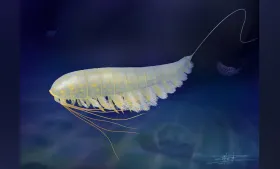News & Stories
The stories of the Faculty of Arts and Sciences: the achievements and activities of our faculty, departments, and programs.
Search & Filter
Applied Filters:
-
The evolutionary path from dinosaurs to birds included the development of a tiny wrist bone that ultimately proved crucial for stabilizing wings in flight.
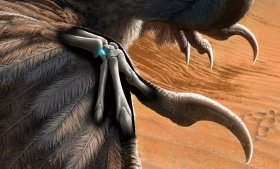
-
In the latest “Rose Walk and Talk,” Yale paleontologist Bhart-Anjan Bhullar shares his thoughts — just in time for the next “Jurassic World” movie — on which dinosaurs would have been most aggressive around humans.
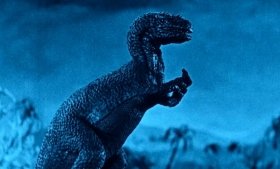
-
A non-profit organization building on research from Yale’s Noah Planavsky has won the $50 million grand prize from the XPRIZE Carbon Removal international competition.
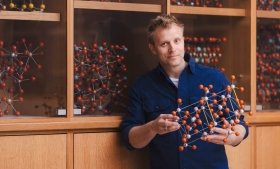
-
Matthew Eisaman, a global expert in the field of natural carbon capture, was remembered as a pioneering scientist and a valued colleague and mentor.
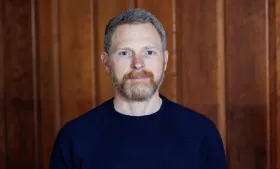
-
A new study finds that ocean acidity may have prevented life on Earth from developing for the planet’s first 500 million years.

-
Yale researchers deliver insights into a pair of spiky sea creatures, the use of AI triage, and brain connections in the early stages of Alzheimer’s Disease.
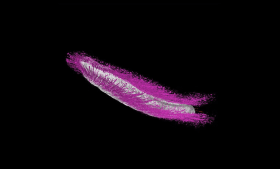
-
A new Yale study finds that a destabilized ozone layer may have delayed the rise of land animals and plants on Earth.
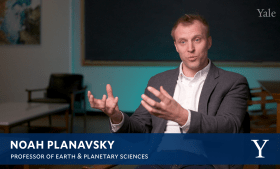
-
In the field and in the lab, Assistant Professor of Earth and Planetary Sciences Lidya Tarhan is deepening our understanding of early evolution and uncovering ancient organisms in Earth's sedimentary record.
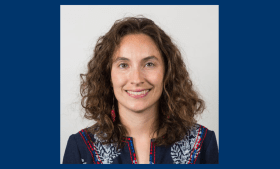
-
Yale researchers find paleontological origins of the way modern birds navigate the world when they’re not in flight.
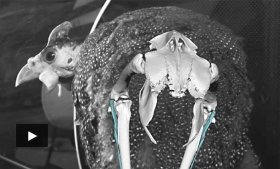
-
Derek Briggs, G. Evelyn Hutchinson Professor of Earth and Planetary Sciences, has helped identify ancient “gold” bug fossils as a new species of arthropod.
